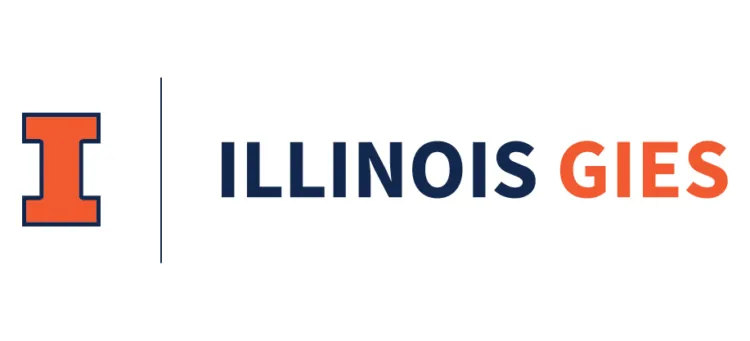In March, total outstanding college loan balances stood at nearly $1.64 trillion. That equates to an average of $37,000 in student debt for each of America’s 43.8 million borrowers.
Student debt has long been tied to America’s higher education system. But not all states are equal when it comes to the burden of student loans. WalletHub recently did a comprehensive analysis of states with the most and least student debt based on 12 key measures of indebtedness and earning opportunities.
METHODOLOGY
WalletHub compared the 50 states and the District of Columbia across two key dimensions, “Student-Loan Indebtedness” and “Grant & Student Work Opportunities.”
The dimensions were evaluated using 12 relevant metrics— from average student debt to unemployment rate among the population aged 25 to 34 to share of students with past-due loan balances.
Each metric was assessed using a scale of 1 to 100, where a score of 100 was awarded to the state carrying the highest student debt burden.
BEST & WORST STATES
If you’re looking to have minimal student debt, you may want to move to Utah.
Utah had the lowest average student debt at $18,344—roughly two times lower than that of New Hampshire, which had the highest debt at $39,928. Utah also had the lowest proportion of students with debt at 39%. That’s nearly two times lower than in South Dakota, the state with the highest at 73% Proportion of students with debt carries triple weight in WalletHub’s study.
HOW TO MINIMIZE YOUR STUDENT DEBT
One of the best ways to minimize your amount of debt for college is to secure a scholarship.
“No matter what college a student goes to, there are so many scholarship opportunities,” Andrew Waldum, an Associate Professor of Practice, Norton School of Human Ecology at the University of Arizona, says. “I always encourage students to treat applying for scholarships like a part-time job. The payoff can be huge. Students can apply for university-level scholarships, national ones (although they are harder to get), and a third area would be to pursue scholarships from the student's local community.”
In addition to scholarships, comparing the total cost of each school can also help to minimize your overall debt.
“There is a wild variation in prices, but paying more does not guarantee you will learn more or earn more,” Andrea Lee Negroni, an Adjunct Associate Professor of Law at Washington College of Law – American University, says. “In fact, if you cannot afford the school you choose and later have to withdraw, the money you spent to enroll may gain you little or nothing. Non-tuition costs also vary widely; a city campus in New York or San Francisco can bust a student’s housing budget (but may have more opportunities for part-time jobs for students). Tuition is one element, but only one, in the financial picture.”
Sources: WalletHub, Department of Education
Next Page: Is an Ivy League degree worth it?












Questions about this article? Email us or leave a comment below.